Home>Gardening & Outdoor>Landscaping Ideas>How To Control Monkey Grass
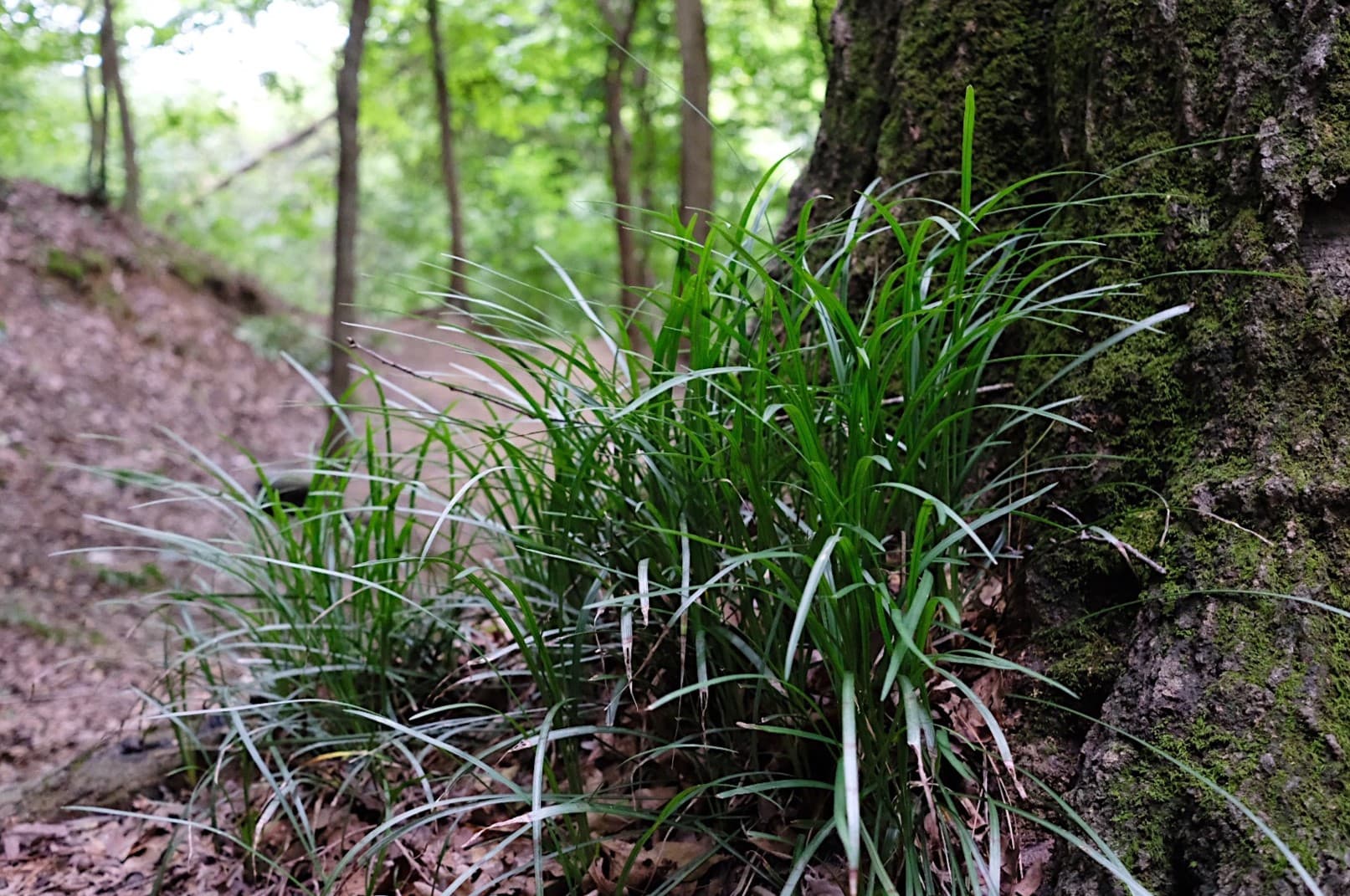

Landscaping Ideas
How To Control Monkey Grass
Modified: March 27, 2024
Discover effective landscaping ideas for controlling monkey grass in your garden. Learn how to manage and maintain monkey grass with our expert tips and advice.
(Many of the links in this article redirect to a specific reviewed product. Your purchase of these products through affiliate links helps to generate commission for Storables.com, at no extra cost. Learn more)
Introduction
Welcome to the wonderful world of monkey grass, where verdant beauty meets effortless maintenance. Whether you're a seasoned gardener or a newcomer to the enchanting realm of landscaping, monkey grass can be a game-changer for your outdoor space. In this comprehensive guide, we will delve into the art of controlling monkey grass, ensuring that it thrives in your garden while maintaining its bounds.
Monkey grass, also known as lilyturf or mondo grass, belongs to the Ophiopogon genus and hails from East Asia. Its lush, strappy leaves and delicate lilac-hued blooms make it a popular choice for edging, ground cover, and accentuating borders. However, left unchecked, this resilient plant can exhibit a rambunctious nature, spreading its roots far and wide.
By understanding the nuances of monkey grass and implementing effective control measures, you can harness its ornamental charm without succumbing to its invasive tendencies. From selecting the optimal location to mastering the art of pruning and fending off potential pests, this guide will equip you with the knowledge and techniques to cultivate and contain monkey grass with finesse.
So, grab your gardening gloves and join us on this journey to unlock the secrets of maintaining monkey grass in all its glory. Let's embark on a green-fingered adventure that will elevate your outdoor space and infuse it with the timeless allure of monkey grass.
Key Takeaways:
- Monkey grass, also known as lilyturf or mondo grass, is a versatile and low-maintenance plant that adds beauty to gardens. By understanding its growth patterns and implementing strategic measures, you can control its spread and maintain a visually captivating landscape.
- To control monkey grass, choose the right location, plant with precision, and implement targeted watering and fertilizing practices. Additionally, proactive measures such as physical demarcation, selective removal, and strategic plant selection can help curtail its unchecked proliferation and maintain spatial boundaries.
Read more: Why Is Monkey Grass Called Monkey Grass
Understanding Monkey Grass
Before delving into the intricacies of controlling monkey grass, it’s essential to grasp the essence of this versatile plant. Monkey grass, scientifically classified under the Ophiopogon genus, encompasses several species, including Ophiopogon japonicus and Ophiopogon planiscapus.
Characterized by its slender, arching leaves and petite, lavender-hued flowers, monkey grass exudes an understated elegance that lends itself to a myriad of landscaping applications. Its adaptability to various light conditions, from partial shade to full sun, makes it a versatile choice for both indoor and outdoor settings.
One of the most compelling features of monkey grass is its resilience and low-maintenance nature. Once established, this perennial evergreen plant requires minimal intervention, thriving in a range of soil types and climates. Its ability to withstand drought and moderate foot traffic further enhances its appeal as a practical and visually captivating landscaping element.
However, beneath its alluring facade lies a propensity for unchecked proliferation. Monkey grass is notorious for its vigorous spread, often encroaching upon neighboring plants and edging its way into unintended areas. This proclivity for expansion underscores the importance of understanding and implementing effective control measures to harness its ornamental virtues while preventing it from overstepping its bounds.
As we continue our exploration of controlling monkey grass, it’s crucial to appreciate its intrinsic qualities and growth patterns. By gaining insight into the nuances of this resilient plant, we can cultivate a harmonious coexistence with monkey grass, ensuring that it flourishes as a captivating asset to our outdoor landscapes.
Choosing the Right Location
When it comes to cultivating monkey grass, selecting the optimal location is a pivotal first step in controlling its growth and maximizing its ornamental impact. Whether adorning a tranquil garden bed, framing a pathway, or accentuating a border, the right location can influence the plant’s vigor and propensity for expansion.
Monkey grass thrives in partial to full shade, making it an ideal choice for areas with limited direct sunlight. In regions with scorching summers, positioning monkey grass in shaded spots shields it from excessive heat, preserving its lush green hue and preventing stress-induced spread. Conversely, in cooler climates, providing ample sunlight can invigorate the plant, promoting robust growth and vibrant foliage.
The soil composition also plays a crucial role in determining monkey grass’s behavior. Well-draining soil, enriched with organic matter, fosters healthy root development and mitigates the risk of waterlogged conditions that can trigger excessive spreading. Conducting a soil test to assess pH levels and nutrient content can offer valuable insights into the soil’s suitability for cultivating monkey grass.
Furthermore, considering the surrounding landscape and neighboring plants is essential in containing monkey grass. Strategic placement, such as utilizing hardscape barriers or delineating boundaries with edging materials, can curtail its lateral expansion, preserving the integrity of adjacent flora and maintaining a harmonious garden aesthetic.
By thoughtfully evaluating the environmental factors and spatial dynamics, you can establish an ideal habitat for monkey grass that aligns with your aesthetic vision while mitigating the risk of unbridled growth. In the next section, we will delve into the art of planting monkey grass, laying the foundation for its controlled cultivation and visual splendor.
Planting Monkey Grass
As you embark on the journey of introducing monkey grass to your outdoor sanctuary, the planting process serves as a pivotal juncture in shaping its growth and containment. Whether you opt for container planting or direct ground installation, adhering to best practices can set the stage for a flourishing and manageable monkey grass display.
Before delving into the planting process, it’s crucial to procure high-quality monkey grass specimens from reputable nurseries or garden centers. Opting for healthy, well-established plants ensures a robust start and enhances their resilience to environmental stressors, setting the groundwork for controlled proliferation.
When planting monkey grass, space the individual clumps at intervals that align with your containment objectives. For instance, if you aim to create a dense ground cover with limited lateral spread, closer spacing can facilitate a cohesive mat-like appearance, constraining the plant’s outward growth. Conversely, for a more dispersed and naturalistic aesthetic, wider spacing between clumps can accommodate controlled expansion while maintaining visual balance.
As you prepare the planting site, amend the soil with organic matter to enhance its fertility and drainage, creating an optimal substrate for healthy root development. When transplanting monkey grass from containers, ensure that the root ball is positioned at the same depth as it was in the original container, fostering seamless acclimatization and minimizing transplant shock.
Following the initial planting, thorough watering is imperative to facilitate root establishment and mitigate stress-induced spread. While monkey grass exhibits resilience to drought conditions once established, consistent moisture during the initial phase promotes robust growth and vitality, setting the stage for a thriving and contained landscape feature.
By adhering to these planting guidelines, you can lay the groundwork for a visually captivating and controlled monkey grass display, harnessing its ornamental allure while mitigating its propensity for unchecked proliferation. In the subsequent sections, we will explore essential practices for watering, fertilizing, and maintaining monkey grass to ensure its sustained vitality and containment.
Watering and Fertilizing
Effective watering and fertilizing practices are pivotal in nurturing healthy monkey grass while concurrently managing its growth to prevent unchecked spread. By implementing targeted watering strategies and employing discerning fertilization techniques, you can optimize the plant’s vigor and containment, ensuring a harmonious coexistence within your landscape.
Upon initial planting, consistent and thorough watering is essential to facilitate root establishment and acclimatization. While monkey grass demonstrates resilience to drought once established, regular watering during the establishment phase promotes robust growth and vitality, setting the stage for a thriving and contained landscape feature.
After the initial establishment phase, monkey grass typically requires minimal supplemental watering, thriving in a range of moisture conditions. Observing the soil moisture levels and irrigating only during prolonged dry spells or signs of wilting can prevent excessive growth spurred by overzealous watering, maintaining the plant’s contained demeanor within the designated area.
When it comes to fertilization, monkey grass generally thrives in moderately fertile soil and seldom necessitates intensive feeding regimens. Opt for a balanced, slow-release fertilizer with a formulation such as 10-10-10, applying it sparingly in early spring to bolster the plant’s vigor without stimulating rampant expansion.
Strategic fertilization, coupled with judicious watering practices, can sustain the health and vibrancy of monkey grass while mitigating the risk of excessive growth. By nurturing the plant with measured care, you can harness its ornamental allure while preserving control over its spatial boundaries, fostering a visually captivating and contained landscape feature.
In the subsequent sections, we will delve into the art of controlling monkey grass spread, mastering the nuances of pruning and maintenance, and addressing potential pests and diseases to ensure the sustained vitality and containment of this resilient and enchanting plant.
To control monkey grass, create a barrier around the area you want to contain it using a physical barrier like metal edging or a deep trench to prevent it from spreading into unwanted areas. Regularly trim and remove any new growth outside of the barrier to keep it contained.
Read more: How To Grow Monkey Grass
Controlling Monkey Grass Spread
Containing the exuberant spread of monkey grass is a delicate balancing act that requires strategic intervention and vigilance. By implementing targeted containment measures and proactive maintenance, you can harness the ornamental allure of monkey grass while curbing its propensity for unchecked proliferation.
One effective strategy for managing monkey grass spread involves the use of physical barriers to demarcate its boundaries. Installing sturdy landscape edging or hardscape elements can create a defined perimeter, constraining the lateral expansion of the plant and preserving the integrity of adjacent areas.
Regular monitoring and selective removal of errant shoots and runners can preemptively curtail the plant’s encroachment into unintended spaces. By promptly trimming and thinning out overzealous growth, you can maintain a tidy and contained appearance, preventing the plant from overstepping its designated bounds.
For areas where containment is paramount, opting for clump-forming varieties of monkey grass, such as Ophiopogon japonicus ‘Nana’, can mitigate the risk of aggressive spreading. These compact cultivars exhibit a more restrained growth habit, making them well-suited for confined spaces and controlled landscaping scenarios.
Furthermore, regular division of mature monkey grass clumps can prevent overcrowding and invasive tendencies, promoting healthier growth and rejuvenating the plant’s vigor. By periodically dividing and replanting established clumps, you can manage the plant’s spread while fostering its longevity and visual appeal.
By integrating these targeted strategies into your maintenance regimen, you can cultivate a harmonious coexistence with monkey grass, leveraging its ornamental virtues while mitigating its proclivity for unchecked proliferation. In the subsequent sections, we will explore the art of pruning and maintenance, addressing common pests and diseases, to ensure the sustained vitality and containment of this resilient and enchanting plant.
Pruning and Maintenance
Pruning and maintenance practices play a pivotal role in sculpting the growth and containment of monkey grass, ensuring that it thrives as a visually captivating and well-behaved landscape element. By incorporating strategic pruning techniques and diligent upkeep into your gardening routine, you can harness the ornamental allure of monkey grass while preserving control over its expansion.
Regularly removing spent or discolored foliage not only enhances the plant’s aesthetic appeal but also mitigates the risk of overcrowding and unchecked spread. By selectively pruning damaged or unsightly leaves, you can promote air circulation and prevent the accumulation of decaying matter, fostering a healthier and more contained growth pattern.
Thinning out dense patches of monkey grass at regular intervals can prevent overcrowding and facilitate better containment. By selectively removing excess growth and maintaining an open and airy structure, you can curtail the plant’s propensity for aggressive spreading, fostering a more controlled and visually appealing landscape display.
Periodic rejuvenation through division can revitalize mature monkey grass clumps, preventing overcrowding and invigorating the plant’s vigor. By carefully dividing established clumps and replanting them in designated areas, you can manage the plant’s spread while promoting healthier growth and a more contained appearance.
Furthermore, meticulous removal of errant runners and offsets can preemptively curtail the plant’s encroachment into unintended spaces, preserving the defined boundaries of your landscape design. By vigilantly monitoring and selectively pruning wayward growth, you can maintain a tidy and contained appearance, preventing the plant from overstepping its designated bounds.
By integrating these prudent pruning and maintenance practices into your gardening repertoire, you can sculpt the growth and containment of monkey grass, ensuring that it flourishes as a visually captivating and well-behaved addition to your outdoor sanctuary. In the subsequent sections, we will explore strategies for dealing with common pests and diseases, safeguarding the sustained vitality and containment of this resilient and enchanting plant.
Dealing with Common Pests and Diseases
While monkey grass is renowned for its resilience and low-maintenance nature, it is not impervious to potential pest infestations and diseases. Vigilance and proactive management are essential in safeguarding the health and containment of this enchanting plant. By familiarizing yourself with common pests and diseases that may afflict monkey grass, you can implement targeted measures to mitigate their impact and ensure the plant’s sustained vitality.
One prevalent pest that may affect monkey grass is the spider mite, which can cause stippling and discoloration of the foliage. Regular inspection of the plant for the telltale signs of infestation, such as webbing and stippled leaves, can facilitate early detection, enabling prompt intervention through horticultural oils or insecticidal soaps to mitigate the spread of these diminutive pests.
Fungal diseases, such as anthracnose and leaf spot, can also pose a threat to the health and aesthetic appeal of monkey grass. Maintaining good air circulation around the plants, avoiding overhead watering, and promptly removing and disposing of infected foliage can help prevent the proliferation of these fungal pathogens, preserving the plant’s vigor and containment.
In addition to proactive pest and disease management, fostering a robust and healthy growing environment for monkey grass can bolster its natural resilience. Providing optimal growing conditions, including well-draining soil, moderate moisture levels, and adequate sunlight, can fortify the plant’s defenses against potential stressors and minimize its susceptibility to pest infestations and diseases.
By integrating vigilant monitoring, proactive management, and a conducive growing environment, you can safeguard the health and containment of monkey grass, ensuring that it thrives as a resilient and visually captivating component of your outdoor landscape. In the concluding section, we will recap the essential strategies for controlling monkey grass while harnessing its ornamental allure, empowering you to cultivate and maintain this enchanting plant with finesse.
Conclusion
As we conclude our journey into the realm of controlling monkey grass, we emerge equipped with a wealth of knowledge and practical insights to harness the ornamental allure of this resilient plant while maintaining its bounds within our outdoor sanctuaries. From understanding the nuances of monkey grass to implementing targeted strategies for containment, we have unraveled the art of cultivating and managing this enchanting landscape element with finesse.
By comprehending the growth patterns and inherent qualities of monkey grass, we have gained a deeper appreciation for its adaptability and visual charm. Armed with this understanding, we have navigated the essential considerations for choosing the right location, planting with precision, and nurturing the plant through strategic watering and fertilizing practices, laying the groundwork for a thriving and contained display.
Delving into the art of controlling monkey grass spread, we have embraced the proactive measures of physical demarcation, selective removal, and strategic plant selection to curtail unchecked proliferation and maintain spatial boundaries. By integrating prudent pruning and maintenance practices, we have sculpted the growth of monkey grass, fostering a visually captivating and well-behaved landscape feature.
Furthermore, our exploration of common pests and diseases has empowered us to safeguard the health and containment of monkey grass through vigilant monitoring, proactive management, and the creation of a conducive growing environment. By remaining attuned to potential stressors and implementing targeted interventions, we can ensure the sustained vitality and resilience of this enchanting plant.
As we bid adieu to our expedition into the art of controlling monkey grass, may the insights gleaned from this guide serve as a compass for cultivating and maintaining this versatile plant with finesse. Whether adorning serene garden beds, framing pathways, or accentuating borders, monkey grass stands as a testament to the seamless fusion of ornamental charm and practicality in the realm of landscaping.
Armed with the knowledge and techniques elucidated in this guide, may you embark on a green-fingered journey filled with the enchanting allure of monkey grass, sculpting and nurturing its growth while preserving its contained and captivating presence within your outdoor oasis.
Frequently Asked Questions about How To Control Monkey Grass
Was this page helpful?
At Storables.com, we guarantee accurate and reliable information. Our content, validated by Expert Board Contributors, is crafted following stringent Editorial Policies. We're committed to providing you with well-researched, expert-backed insights for all your informational needs.
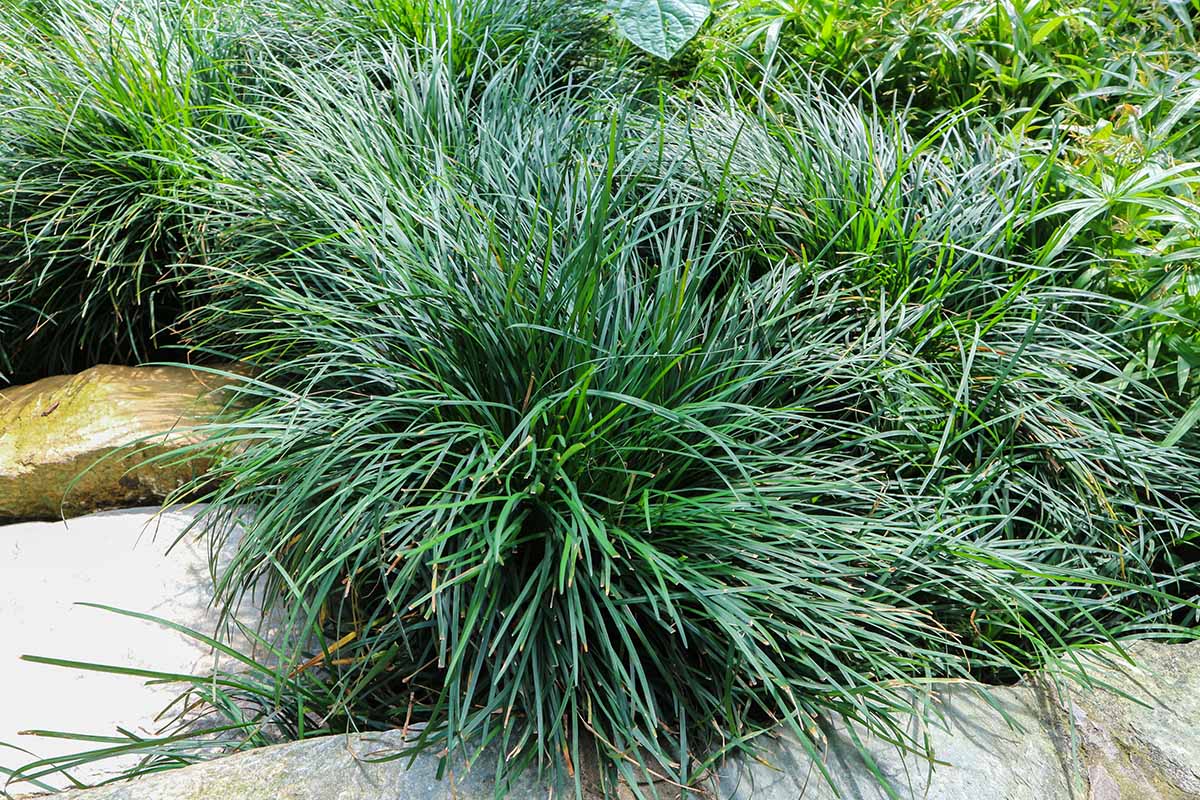
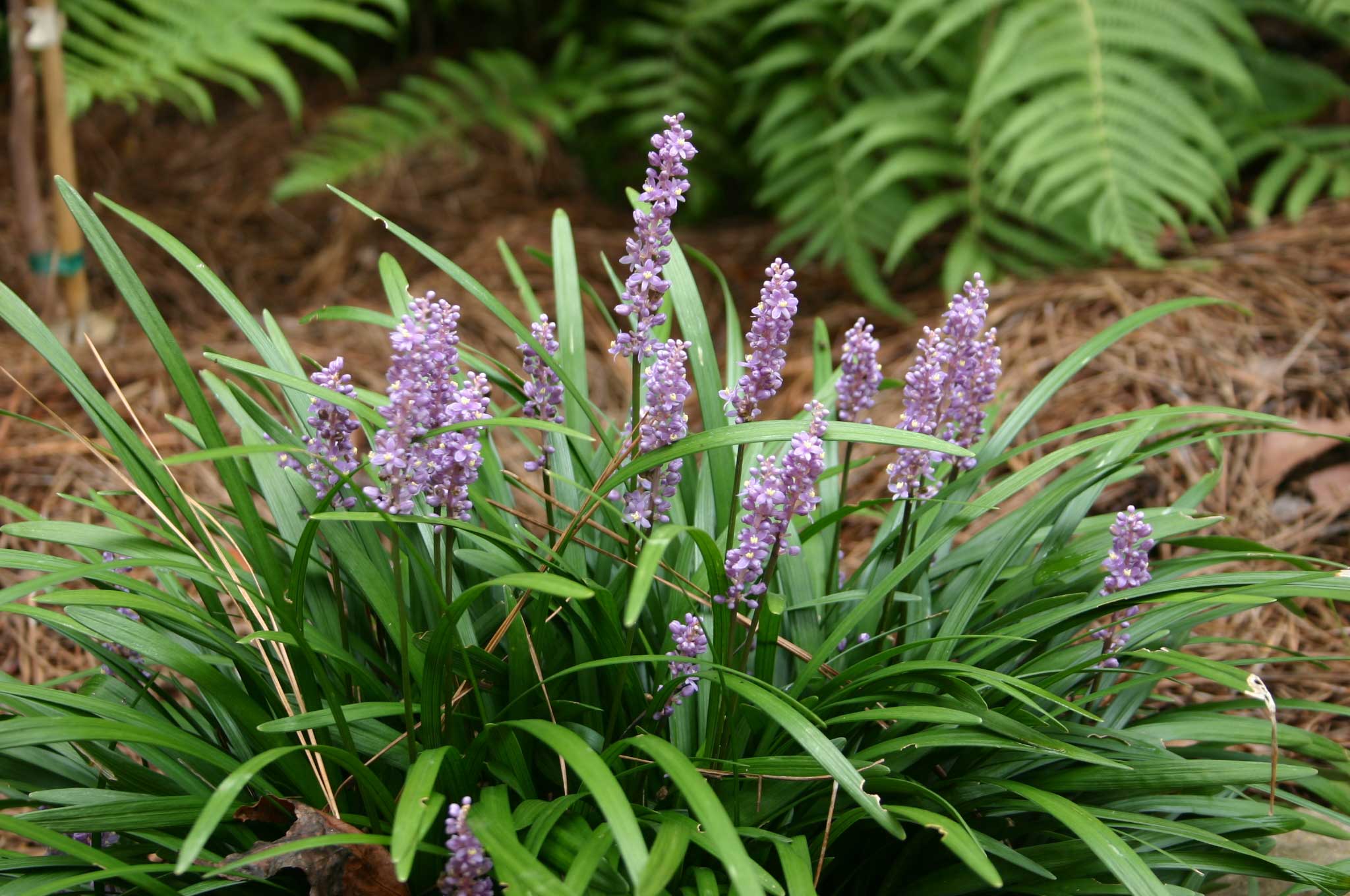
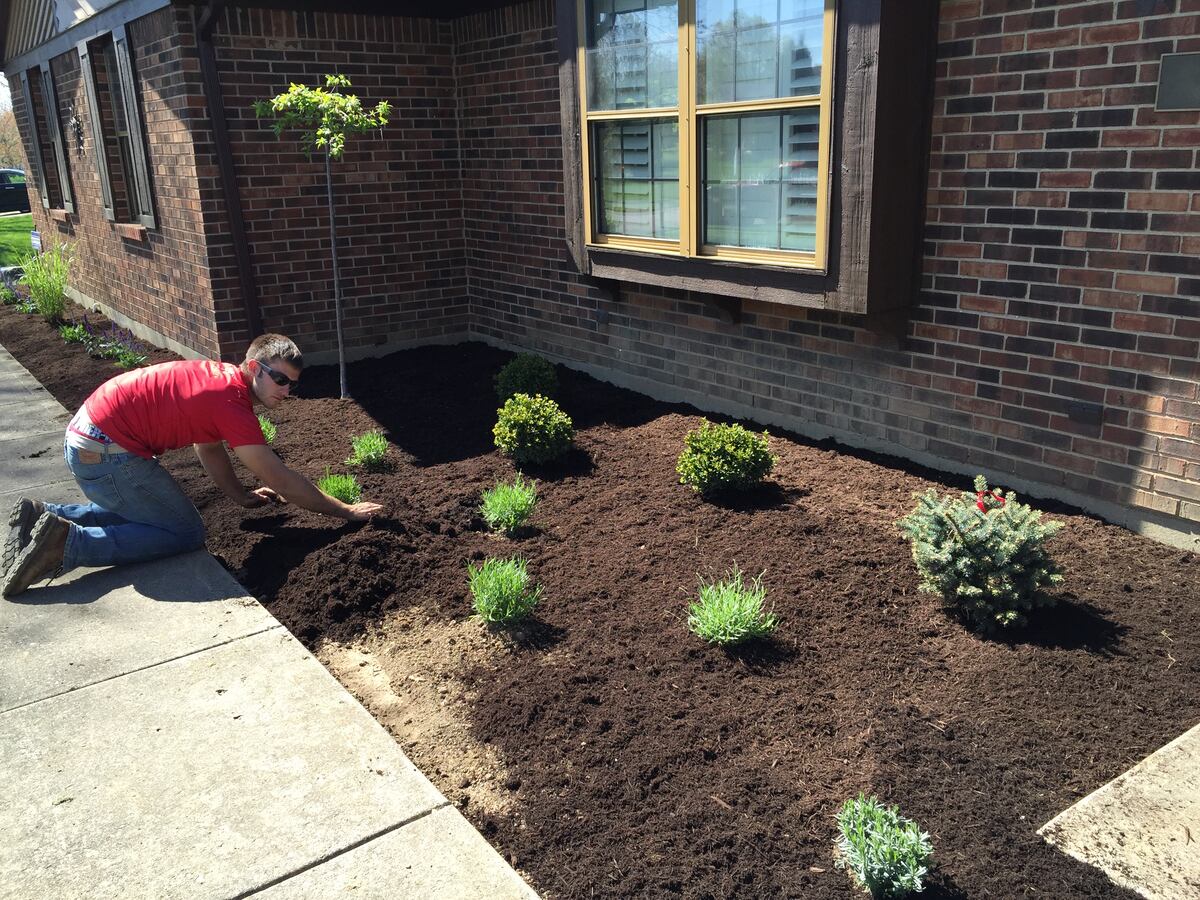
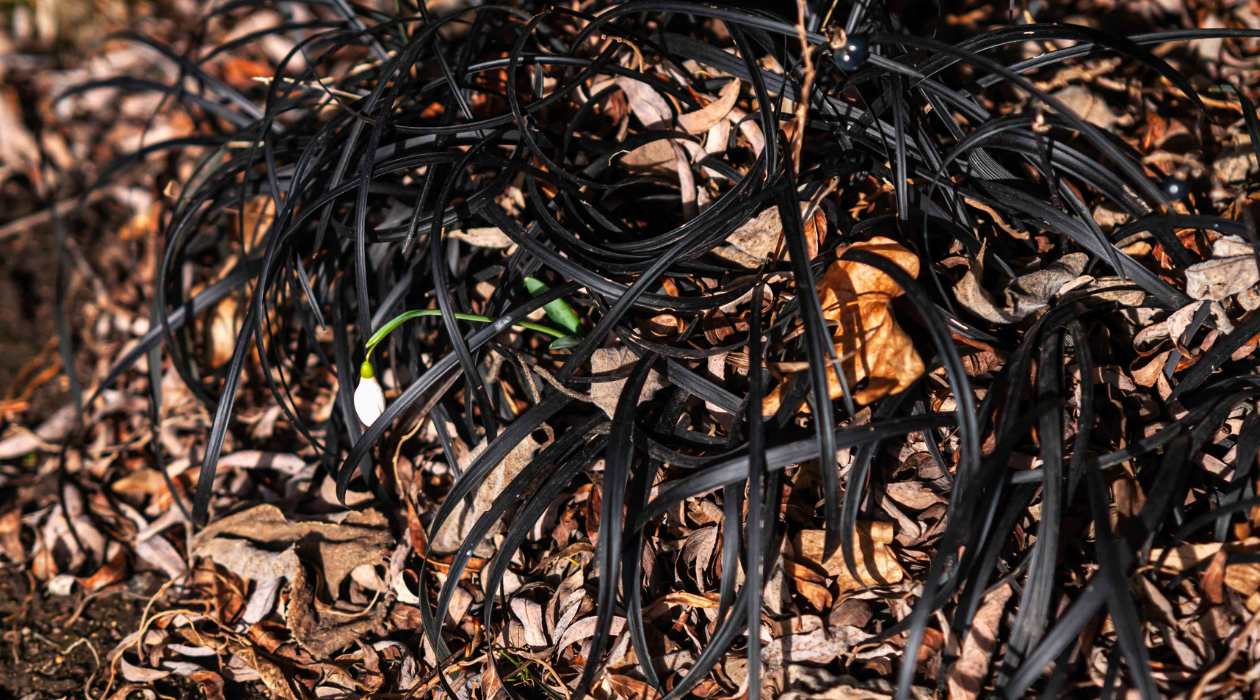

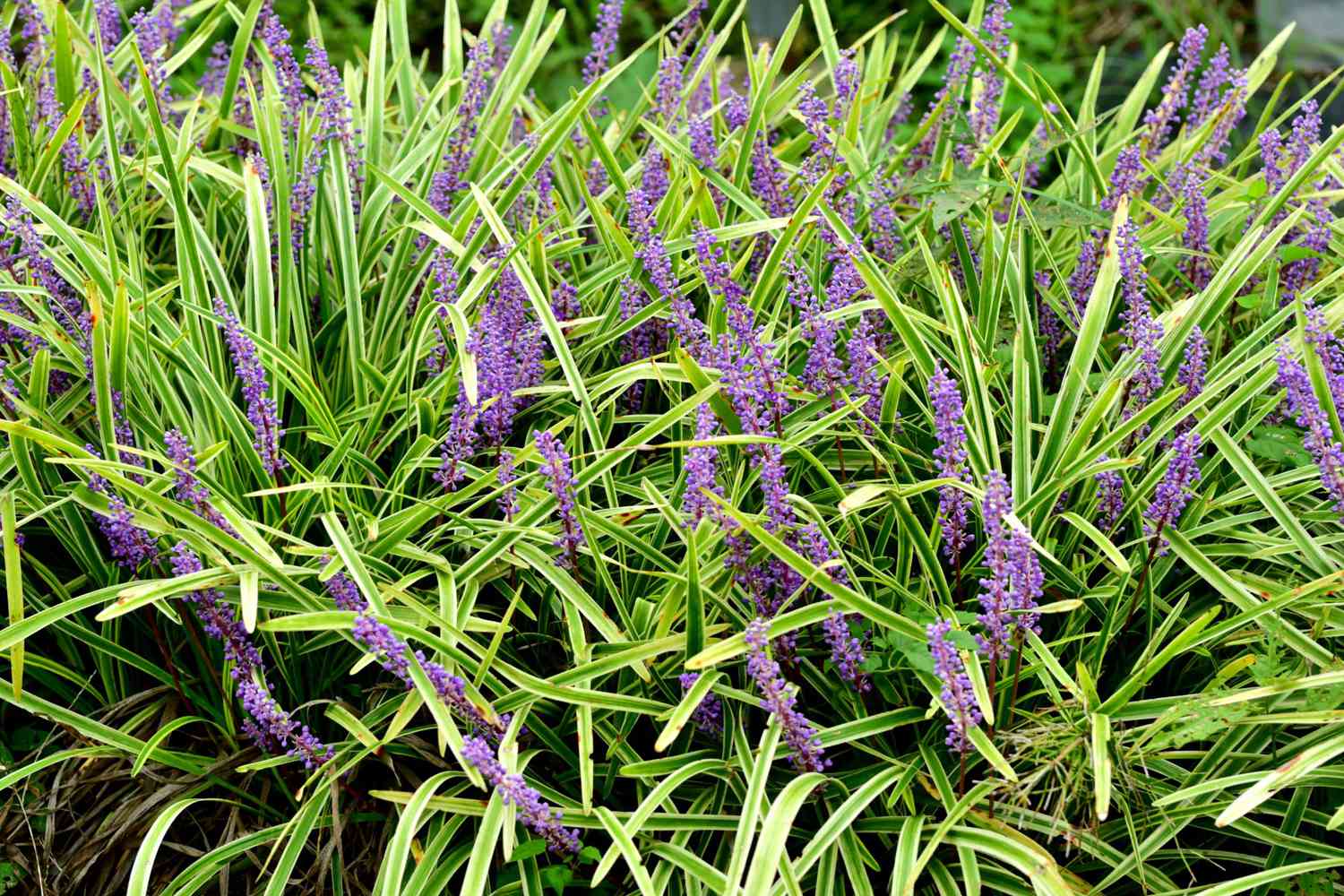
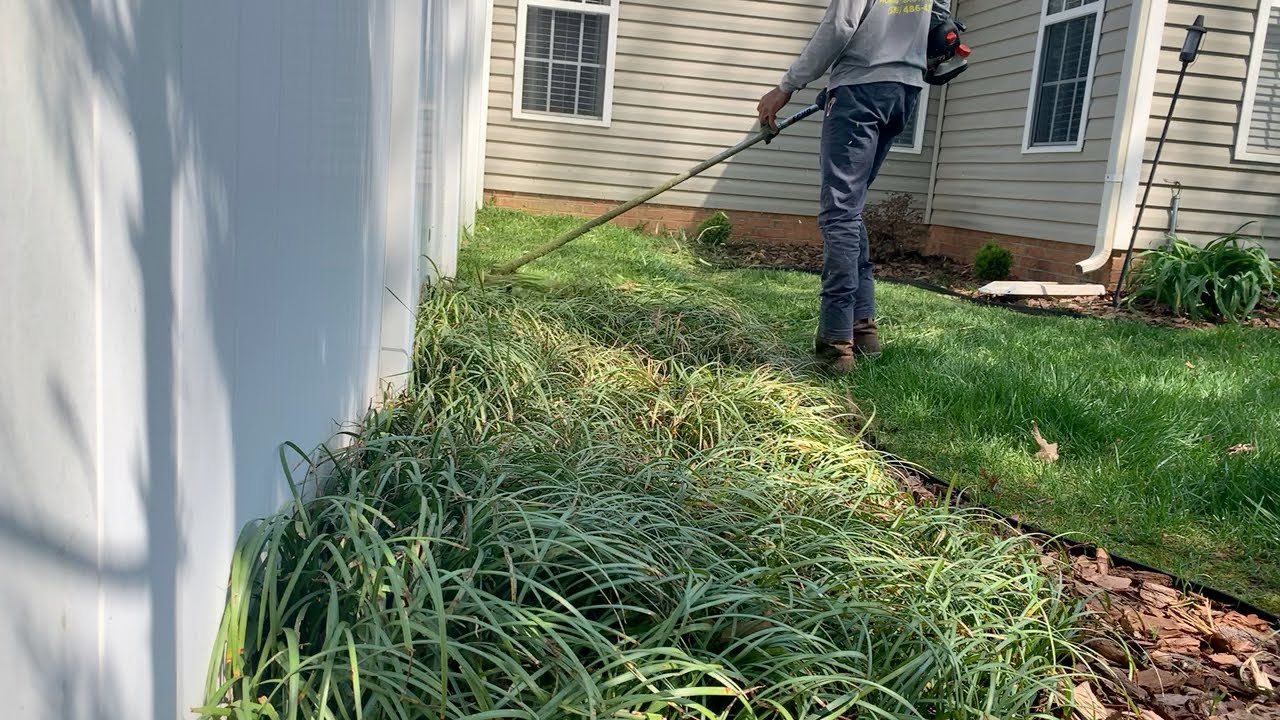
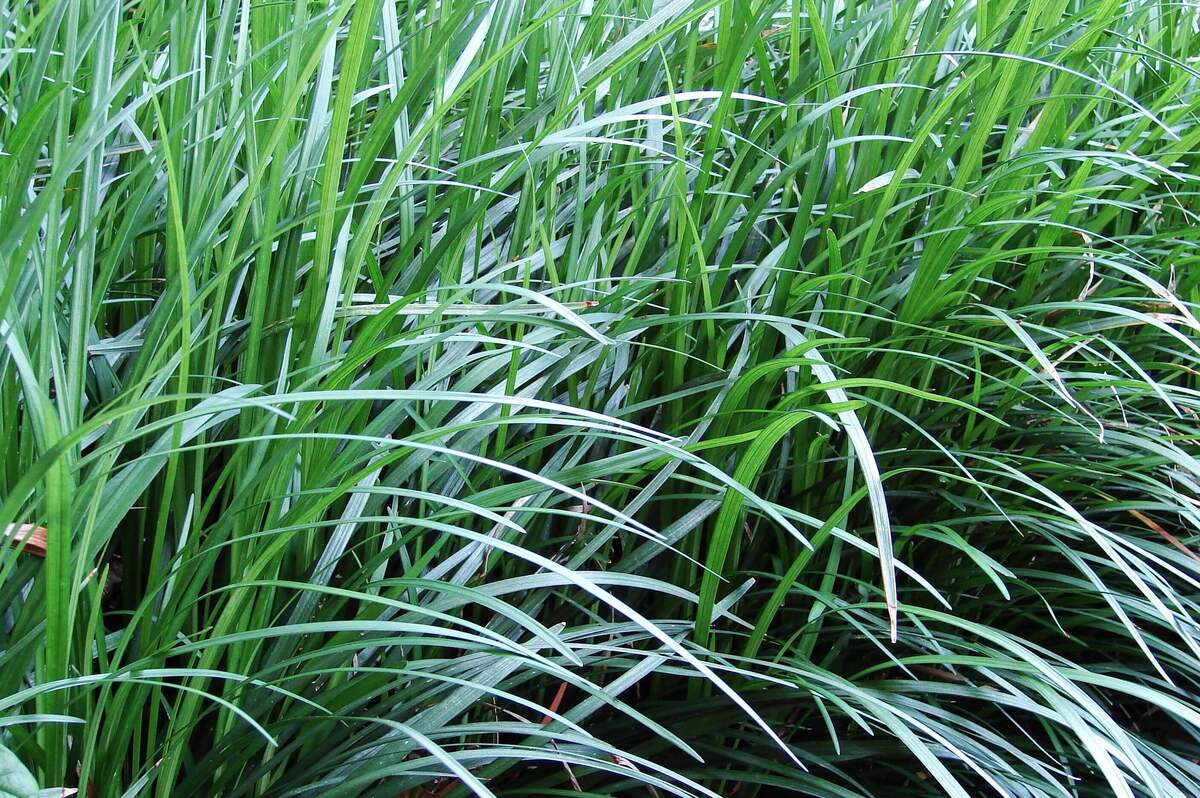
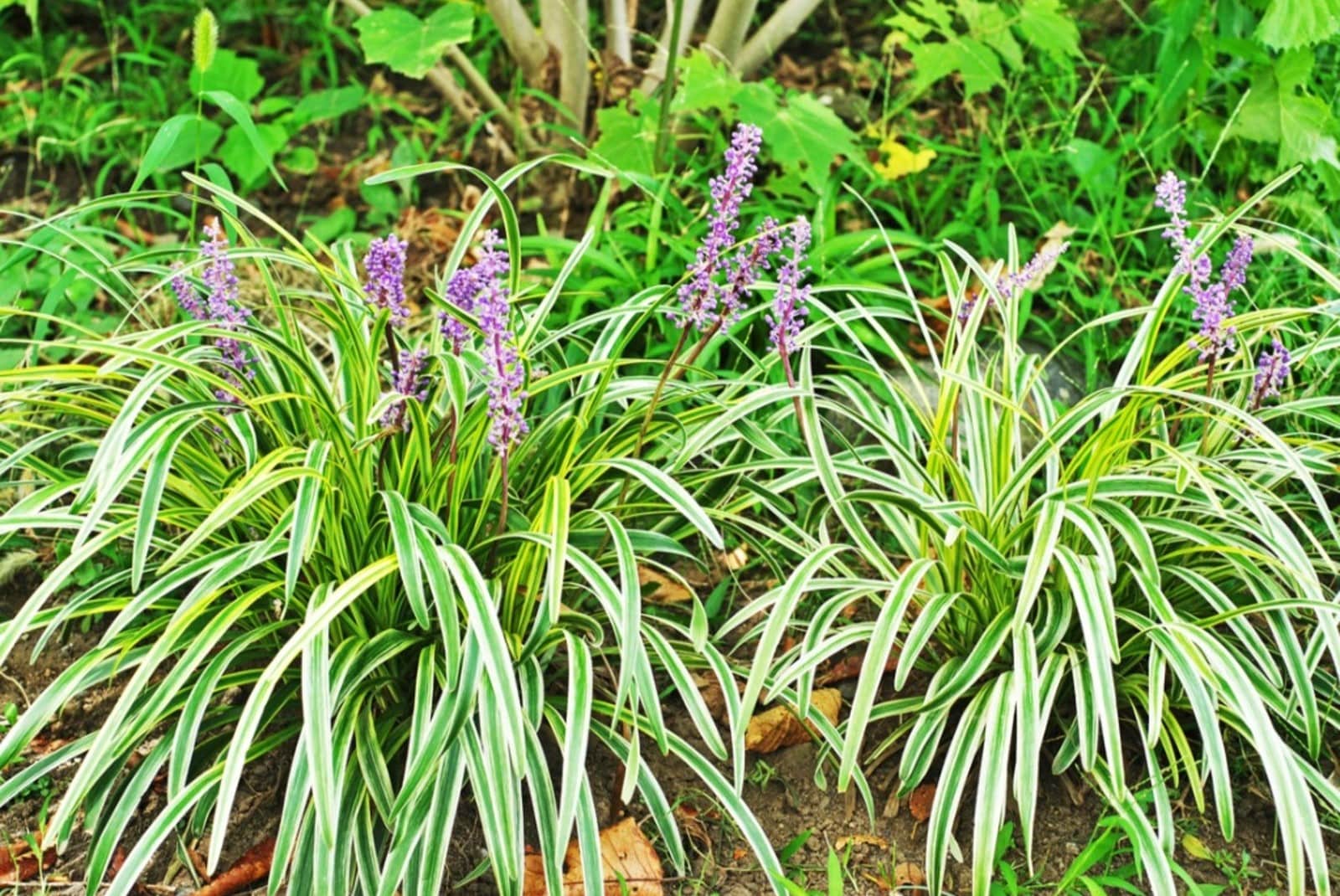
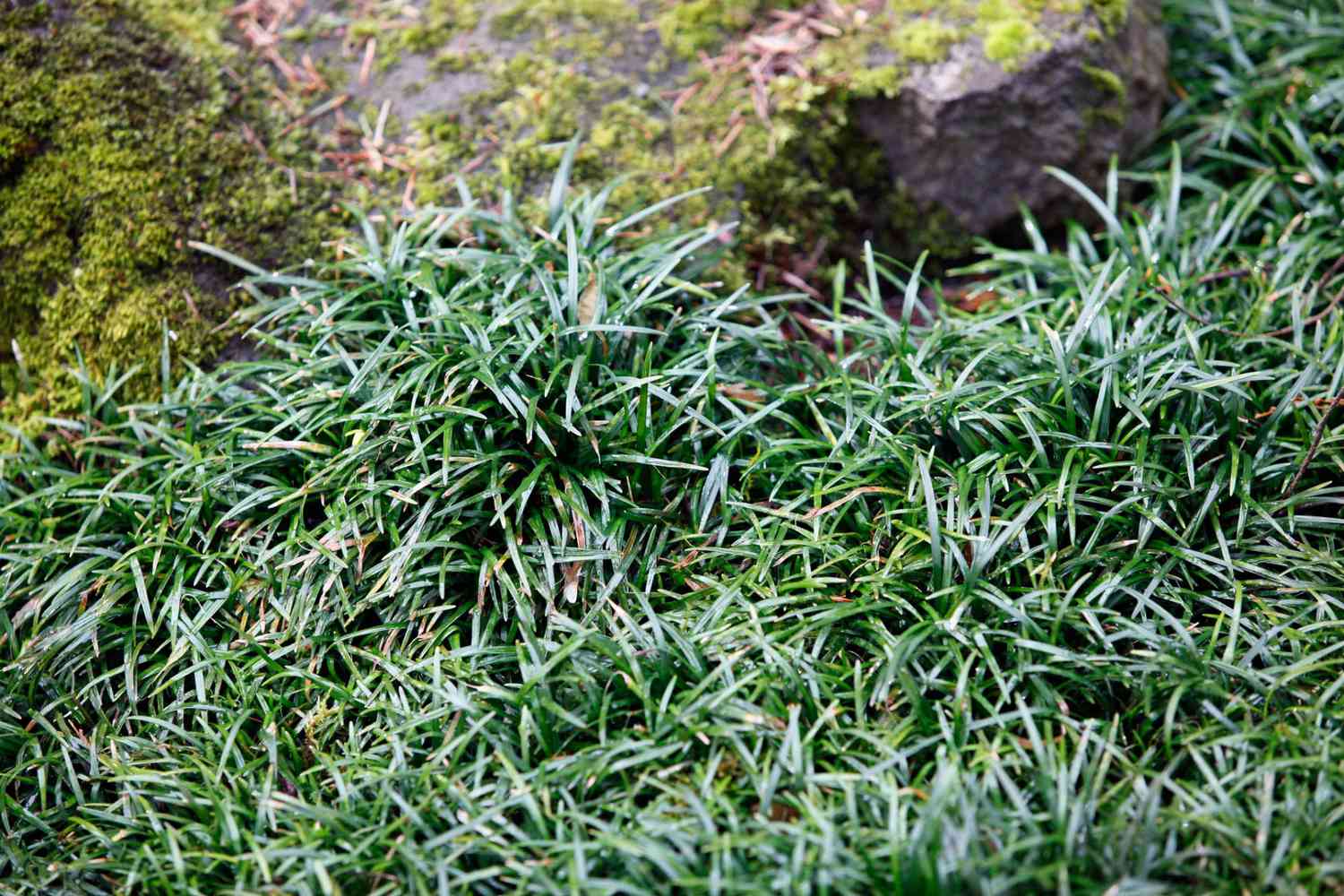
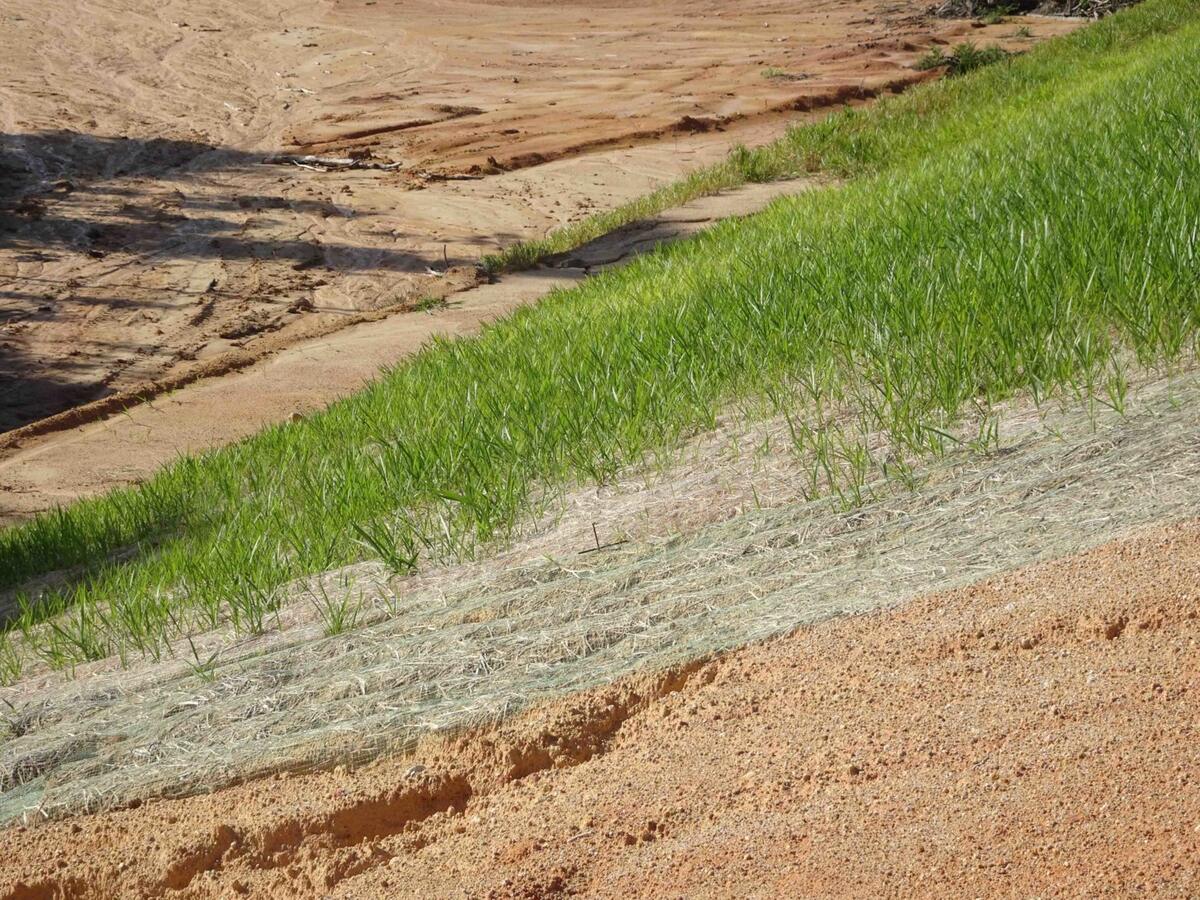
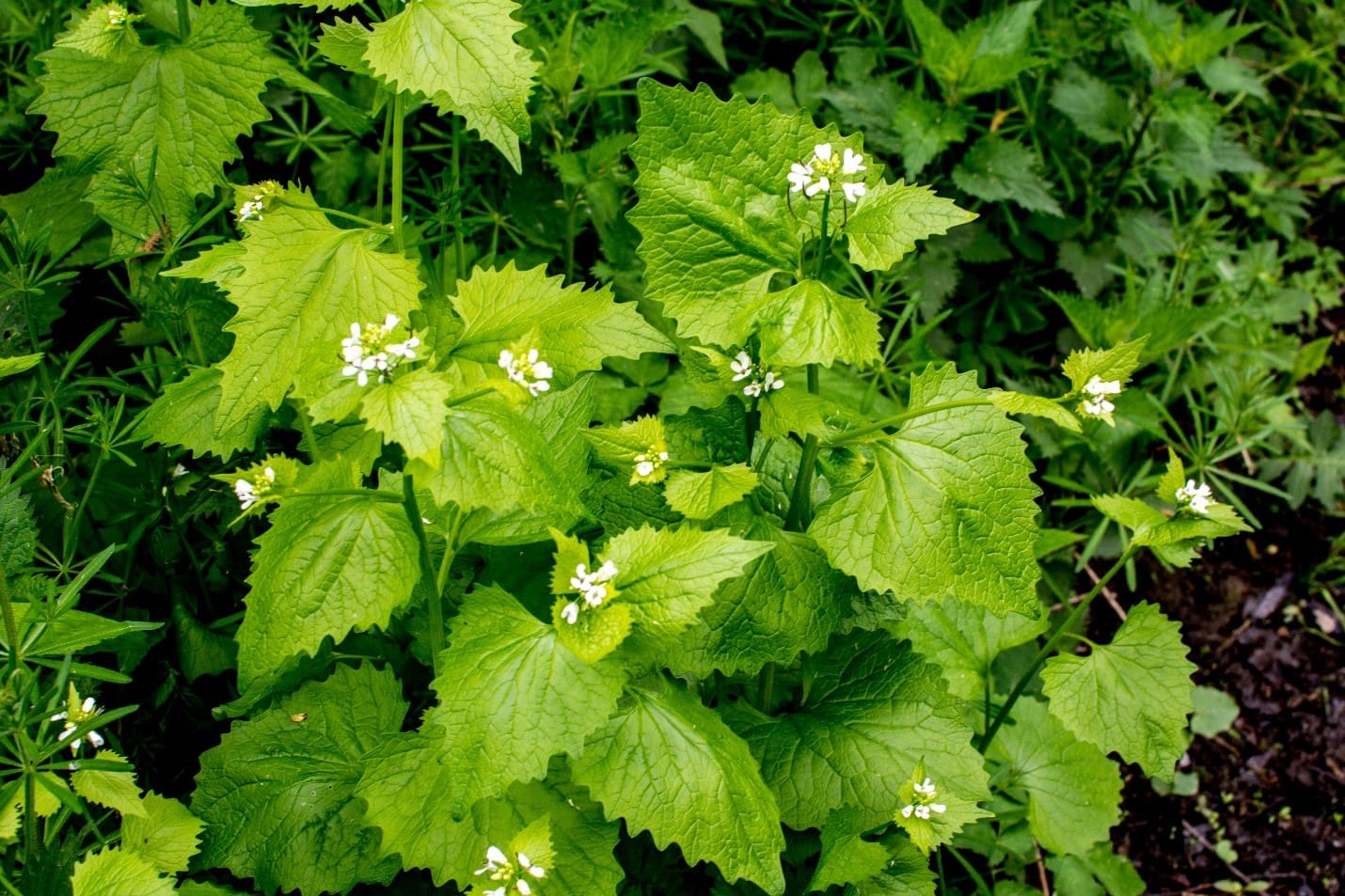
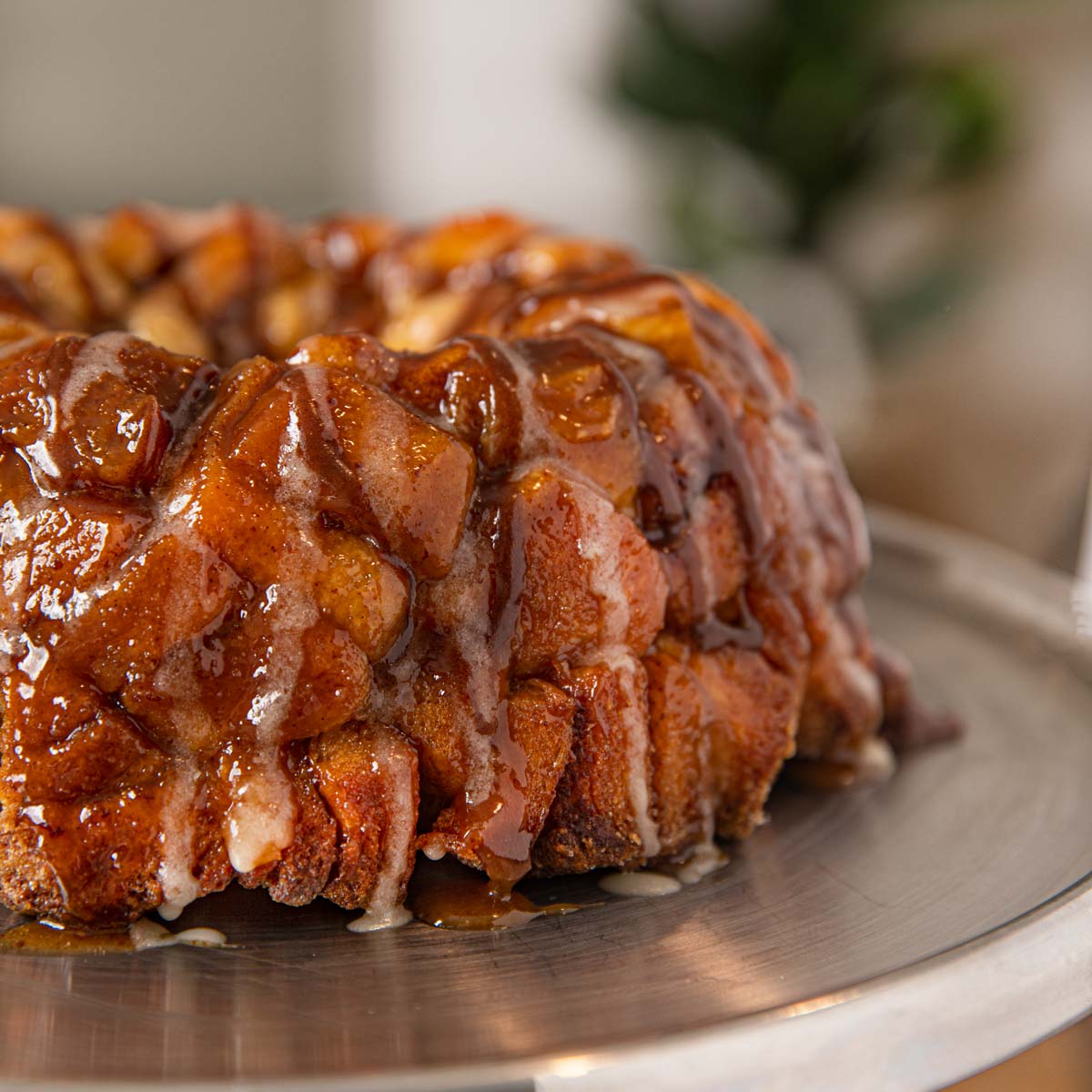
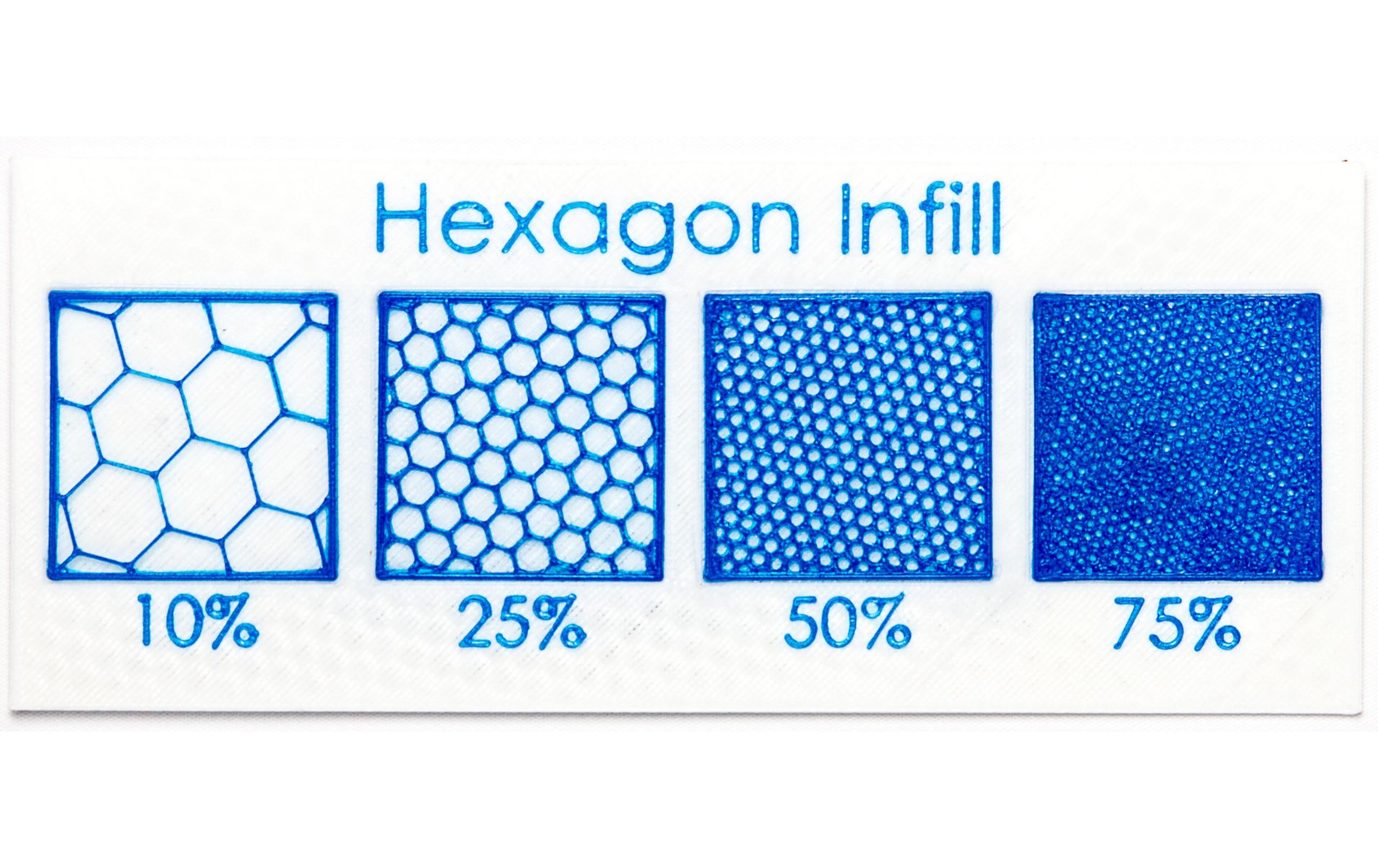

0 thoughts on “How To Control Monkey Grass”